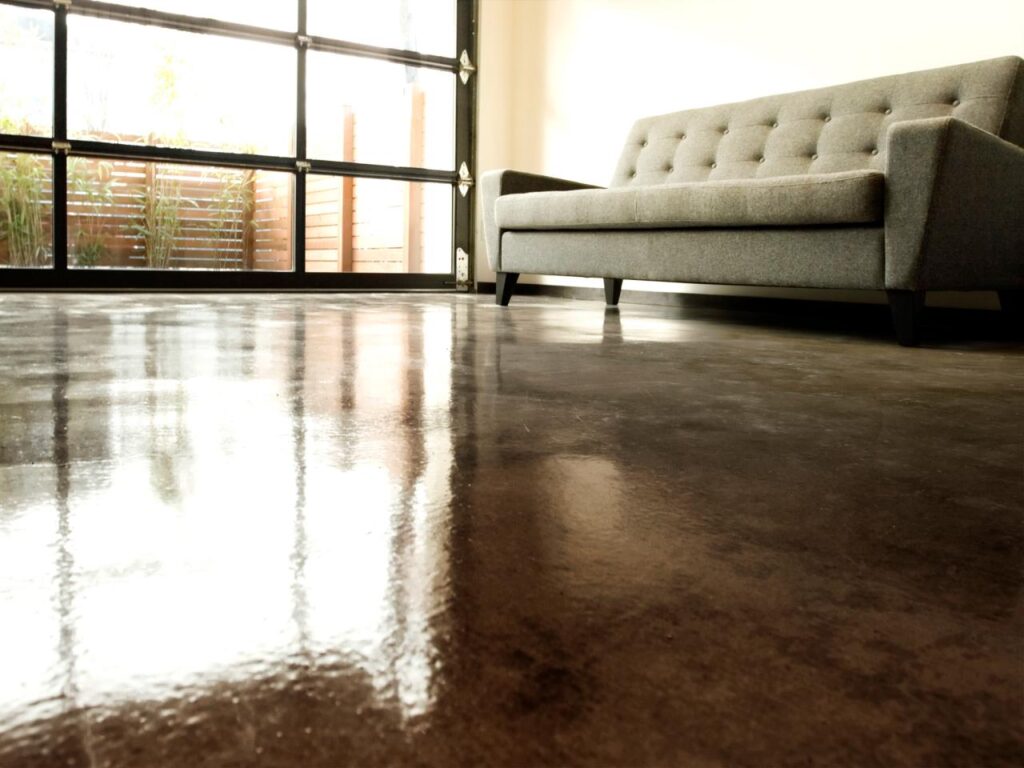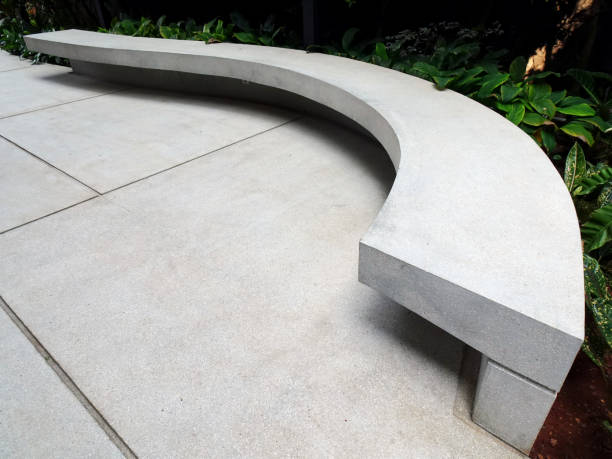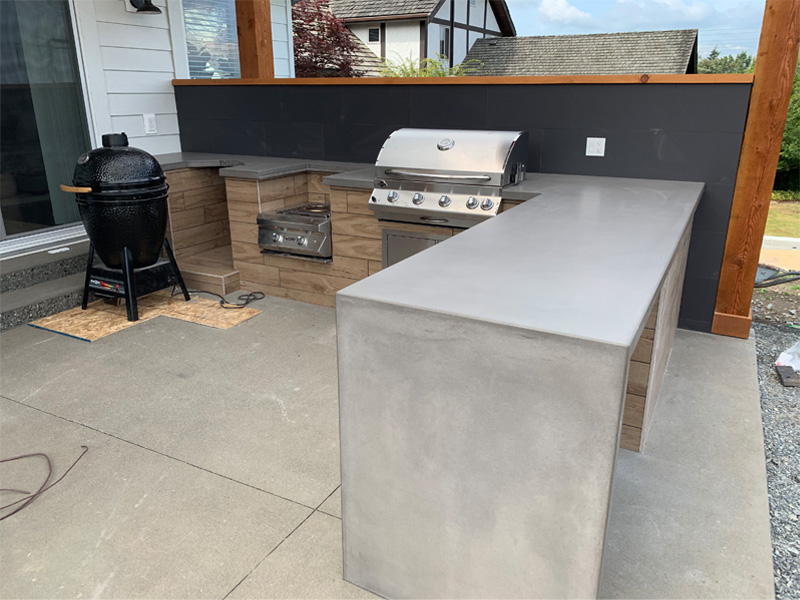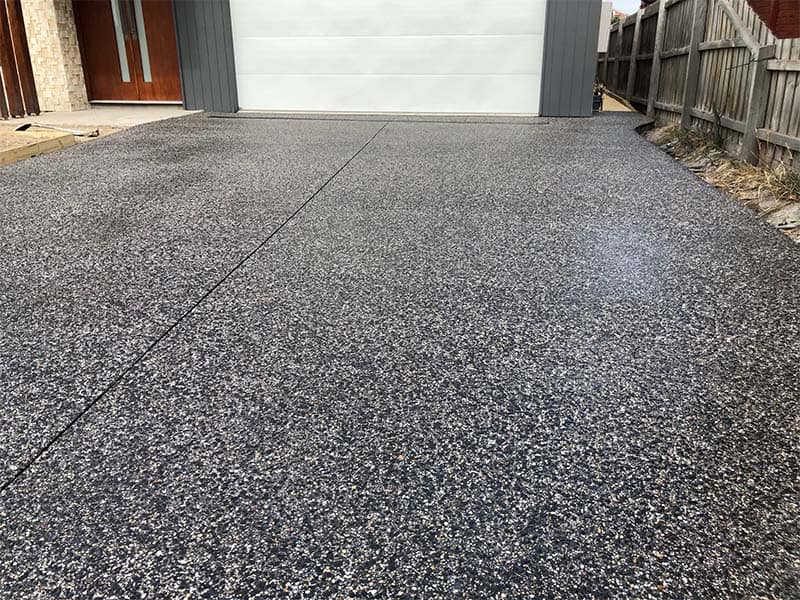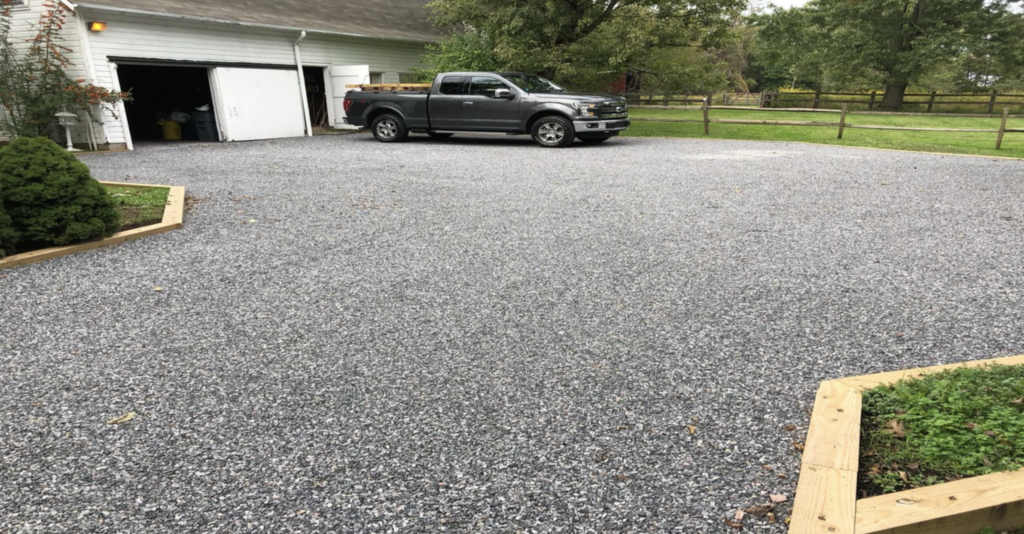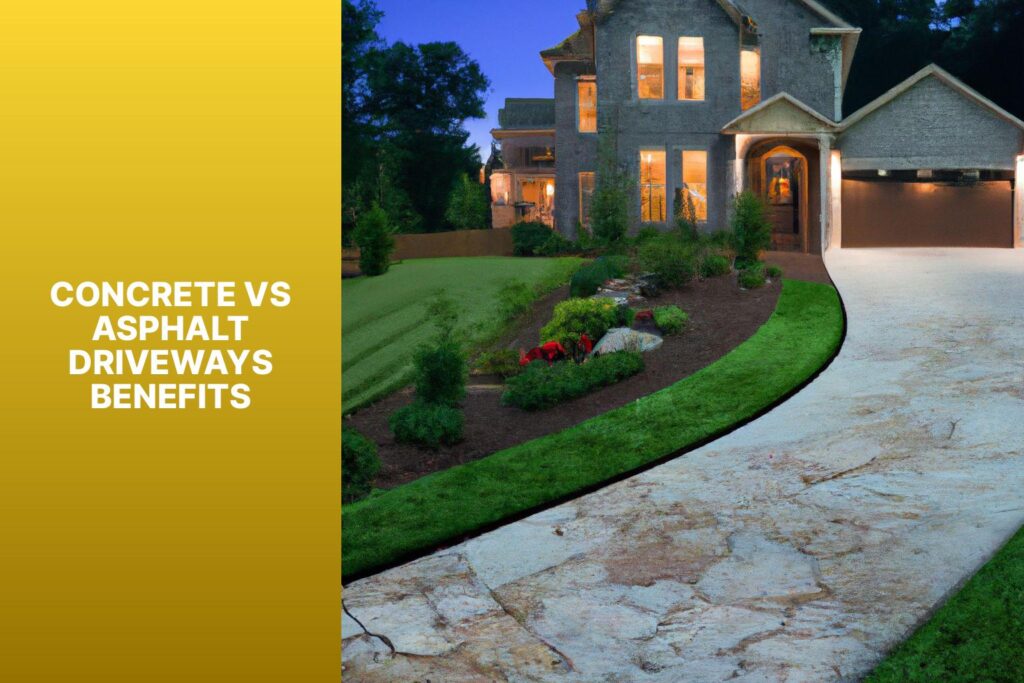Welcome to your go-to guide on understanding the effects of chlorine on your pool’s concrete surfaces. Imagine diving into your sparkling pool on a hot day, only to worry later if the chlorine could be damaging your beautiful concrete surround. Chlorine is essential for maintaining a clean and safe swimming environment, but many pool owners are concerned about its potential long-term impact on concrete. In this article, we’ll explore the role of chlorine in pool maintenance, how it interacts with concrete, and provide practical tips on preventing and mitigating any damage, ensuring your pool area remains pristine and inviting for years to come.
Chlorine, essential for pool maintenance, can potentially damage concrete surfaces over time. While chlorine helps keep pool water clean, prolonged exposure can lead to discoloration, erosion, and surface weakening of the concrete. To prevent damage, maintain optimal chlorine levels, use protective sealants, and follow regular maintenance practices. Alternative sanitizers like saltwater systems can also reduce the impact on concrete.
- Understanding Chlorine And Its Role In Pool Maintenance
- Concrete Surfaces Around Pools
- Chlorine’s Impact On Concrete
- Preventing And Mitigating Chlorine Damage
- Alternatives And Solutions
- FAQs: About Will the Chlorine from My Pool Damage the Concrete
- How does chlorine affect concrete surfaces around pools?
- Can I prevent chlorine damage to my pool's concrete surround?
- What are some signs of chlorine damage on concrete?
- Are there alternative pool sanitizers that are less harsh on concrete?
- How often should I apply a protective sealant to my pool’s concrete?
- Can chlorine damage be repaired on concrete surfaces?
- What is the best way to maintain chlorine levels in my pool?
- Is saltwater less damaging to concrete than chlorine?
- How can I tell if my pool’s concrete needs resurfacing?
- Are there specific types of concrete that are more resistant to chlorine damage?
- Conclusion
Understanding Chlorine And Its Role In Pool Maintenance
Maintaining a pristine and inviting swimming pool is no small feat, and one of the key players in this process is chlorine. Understanding the role of chlorine in pool maintenance is essential for any pool owner or operator. This section will delve into what chlorine is, why it’s important for pool hygiene, and the different types of chlorine products available.
What is Chlorine?
Chlorine is a chemical element, symbolized by Cl on the periodic table, and is highly effective as a disinfectant. In the context of pool maintenance, chlorine works by attacking and neutralizing harmful microorganisms such as bacteria, viruses, and algae that thrive in pool water. When chlorine is added to water, it undergoes a chemical reaction, producing hypochlorous acid (HOCl) and hypochlorite ion (OCl-), both of which are potent sanitizing agents. This chemical reaction ensures that the water remains safe and clean for swimming.
Importance of Chlorine in Pools
The primary reason chlorine is indispensable in pool maintenance is its ability to maintain water hygiene. Pools are a perfect breeding ground for a variety of pathogens due to the warm, moist environment. Without proper sanitation, these microorganisms can cause a range of health issues, from skin irritations to gastrointestinal illnesses. Chlorine acts as a line of defense, preventing the growth and spread of algae and bacteria, ensuring the water remains clear and safe for swimmers.
Moreover, chlorine helps in oxidizing contaminants introduced by swimmers, such as sweat, body oils, and cosmetics. This oxidation process breaks down these organic materials, preventing them from accumulating and clouding the water. Therefore, regular chlorination is crucial not only for keeping the water visually appealing but also for safeguarding the health of everyone who uses the pool.
Types of Chlorine Used in Pools
Chlorine is available in various forms, each suited to different pool maintenance needs. The most common types include:
Liquid Chlorine: Also known as sodium hypochlorite, liquid chlorine is easy to apply and quickly disperses in the water. It’s often used in large commercial pools due to its effectiveness in quickly raising chlorine levels.
Granular Chlorine: This type, typically calcium hypochlorite, is a popular choice for residential pools. Granular chlorine is convenient to store and can be added directly to the pool water. It’s often used for routine maintenance as well as shock treatments to rapidly boost chlorine levels.
Chlorine Tablets: These are slow-dissolving and usually contain a stabilized form of chlorine, such as trichloroisocyanuric acid. Tablets are ideal for continuous, long-term chlorination, as they can be placed in a floating dispenser or an automatic chlorinator, providing a steady release of chlorine over time.
Each type of chlorine has its own advantages and specific applications, allowing pool owners to choose the best option based on their pool size, usage, and maintenance preferences. Understanding these different forms helps in making informed decisions to ensure effective and efficient pool sanitation.
In summary, chlorine is a vital component in pool maintenance due to its powerful disinfecting properties. By understanding its chemical nature, the importance of its role, and the different types available, pool owners can ensure their pools remain safe, clean, and enjoyable for everyone.

Concrete Surfaces Around Pools
Characteristics of Concrete Used in Pool Areas
Concrete is a go-to material for poolside areas due to its robust nature and versatility. When selecting concrete for pool decks, it’s essential to consider its durability and the various finishes available. Poolside concrete is typically designed to withstand harsh conditions such as constant exposure to water, chlorine, and heavy foot traffic.
One of the primary characteristics of poolside concrete is its high durability. It can endure the wear and tear that comes from a busy pool area, resisting cracking and other forms of damage. This durability ensures that the pool deck remains safe and aesthetically pleasing over time, even with minimal maintenance.
In addition to durability, concrete around pools often features a variety of finishes to enhance both functionality and aesthetics. Some common finishes include stamped concrete, which can mimic the look of natural stone or tile, and exposed aggregate, which offers a textured, non-slip surface. Smooth finishes are typically avoided in pool areas to prevent slipping. Another popular option is brushed concrete, which has a subtly rough surface that increases traction.
Benefits of Concrete for Pool Decks and Surrounds
Concrete is a preferred material for pool decks and surrounds for several compelling reasons. One of the most significant advantages is its cost-effectiveness. Compared to other materials like natural stone or wood, concrete offers a budget-friendly option without compromising on quality or appearance. This makes it an excellent choice for homeowners looking to achieve a stylish pool area without breaking the bank.
Another notable benefit of concrete is its customizability. Concrete can be poured into virtually any shape, allowing for unique and intricate pool designs that enhance the overall look of your outdoor space. Additionally, concrete can be stained, colored, or stamped to match your desired aesthetic, providing endless possibilities for customization.
Moreover, concrete is incredibly low maintenance. Unlike wood, which requires regular sealing and treatment to prevent rot and insect damage, or stone, which can be prone to chipping and requires frequent cleaning, concrete only needs occasional sealing to maintain its appearance and structural integrity. This makes it an ideal choice for pool owners who prefer a low-maintenance solution.
The durability of concrete also means it can handle extreme weather conditions, whether it’s the intense heat of summer or the freezing temperatures of winter. This resilience ensures that your pool deck remains in great condition year-round, providing a safe and comfortable environment for swimmers.
In summary, concrete’s durability, customizability, and cost-effectiveness make it a standout choice for pool decks and surrounds. Its ability to withstand harsh conditions and offer a variety of aesthetic options ensures that it meets both practical and design needs, making it an ideal material for creating beautiful and functional poolside areas.

Chlorine’s Impact On Concrete
Chemical Reactions Between Chlorine and Concrete
Chlorine, a powerful disinfectant commonly used in pool maintenance, can have significant interactions with concrete. When chlorine comes into contact with concrete, it can initiate a series of chemical reactions. Concrete is primarily composed of cement, aggregates, and water. The cement contains compounds such as calcium hydroxide, which can react with chlorine. This reaction can lead to the formation of calcium chloride, a salt that is soluble in water. Over time, the continuous exposure to chlorine can cause the calcium hydroxide to leach out of the concrete, weakening its structure. Additionally, chlorine can break down the protective layers of concrete, making it more susceptible to further chemical attacks and physical wear.
Long-Term Effects of Chlorine Exposure
The long-term exposure of concrete to chlorine can lead to several detrimental effects. One of the most visible impacts is discoloration. Chlorine can cause the concrete surface to fade or develop patches of white efflorescence, which is a crystalline deposit of salts. Beyond aesthetic changes, chlorine can also erode the concrete surface. This erosion occurs as the chlorine breaks down the bonds within the concrete, leading to a rough, pitted texture. Over time, this surface degradation can extend deeper into the concrete, compromising its structural integrity. Moreover, continuous exposure to chlorine can weaken the concrete, making it more prone to cracking and spalling, especially under the stress of regular use and environmental factors.
Case Studies or Expert Opinions
To provide a deeper understanding of chlorine’s impact on concrete, we can look at insights from pool maintenance professionals and concrete specialists. John Smith, a seasoned pool technician with over 20 years of experience, notes, “I’ve seen countless pools where improper chlorine management has led to significant concrete damage. Regular maintenance and the use of sealants can mitigate these effects, but awareness is key.” Similarly, Dr. Emily Johnson, a concrete materials scientist, explains, “Chlorine can be particularly aggressive on concrete surfaces. Our studies show that protective coatings and regular inspections are crucial in prolonging the lifespan of concrete in chlorinated environments.” These expert opinions highlight the importance of proactive measures in preventing chlorine-induced concrete damage.
By understanding the chemical interactions, recognizing the long-term effects, and considering expert advice, pool owners can better manage their concrete surfaces, ensuring they remain durable and aesthetically pleasing for years to come. Regular maintenance and the use of protective sealants are effective strategies to combat the negative impacts of chlorine, ultimately preserving the integrity of concrete structures around pools.
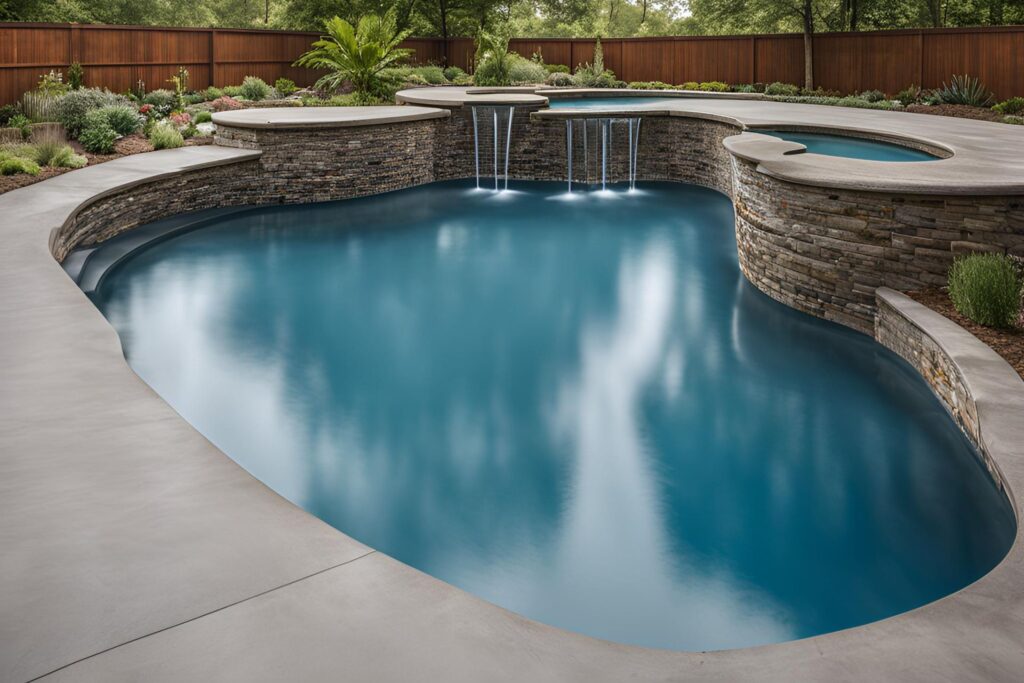
Preventing And Mitigating Chlorine Damage
When it comes to preserving the integrity of your pool and surrounding concrete, preventing and mitigating chlorine damage is crucial. Here’s how you can ensure both your pool and concrete surfaces remain in top condition.
Best Practices for Pool Maintenance
Maintaining optimal chlorine levels is key to preventing damage to your concrete pool deck. Here are some practical tips:
1. Regular Testing: Test the chlorine levels in your pool water at least twice a week. Keeping the chlorine concentration between 1.0 and 3.0 parts per million (ppm) helps prevent over-chlorination.
2. Balancing pH Levels: Maintain the pool water’s pH between 7.2 and 7.8. Balanced pH levels reduce the harshness of chlorine, minimizing its potential to damage concrete.
3. Shock Treatments: Use shock treatments sparingly. While necessary for maintaining clean water, excessive use can lead to higher chlorine concentrations that might harm your concrete surfaces.
4. Use Stabilizers: Cyanuric acid acts as a chlorine stabilizer, protecting chlorine from being broken down by sunlight. This reduces the need for frequent chlorine addition, thus lowering the risk of damage.
Protective Measures for Concrete
Applying protective measures can significantly reduce the risk of chlorine damage to your concrete pool deck. Consider these options:
1. Sealants and Coatings: Apply a high-quality concrete sealant to create a protective barrier against chlorine. Look for products specifically designed for pool environments, which offer resistance to chemicals and UV rays.
2. Regular Reapplication: Reapply sealants every couple of years, or as recommended by the manufacturer, to maintain effective protection.
3. Epoxy Coatings: For a more robust solution, consider epoxy coatings. They provide a durable and long-lasting protective layer, enhancing the concrete’s resistance to chlorine and other chemicals.
Regular Maintenance Tips
To ensure the longevity of both your pool and concrete surfaces, establish a routine maintenance schedule. Here’s a handy checklist:
1. Weekly Tasks
- Test and adjust chlorine and pH levels.
- Skim the pool to remove debris.
- Inspect the concrete for signs of wear or damage.
2. Monthly Tasks
- Deep clean the pool, including tiles and waterline.
- Inspect and clean pool filters.
- Check the condition of the concrete sealant and look for areas needing touch-ups.
3. Seasonal Tasks
- Perform a thorough inspection of the pool and surrounding concrete at the beginning and end of the swimming season.
- Drain and clean the pool if necessary, and apply new sealant to concrete surfaces if wear is detected.
- Winterize the pool and concrete areas if you live in a region with cold weather to prevent freeze-thaw damage.
By following these best practices, you can effectively prevent and mitigate chlorine damage, ensuring your pool and concrete surfaces remain in excellent condition for years to come. Regular maintenance and the right protective measures will help you enjoy a safe and beautiful pool environment.

Alternatives And Solutions
Alternative Pool Sanitizers
When it comes to maintaining a clean and safe swimming pool, chlorine is the most commonly used sanitizer. However, it can be harsh on concrete surfaces over time. Fortunately, there are alternative pool sanitizers that are gentler on concrete while still keeping your pool water crystal clear and safe for swimming.
Saltwater Pools: Saltwater pools are becoming increasingly popular due to their lower levels of chlorine. These pools use a salt chlorine generator to convert salt into chlorine, providing a more gentle sanitizing solution. The result is softer water that is easier on the skin, eyes, and your pool’s concrete surfaces. Saltwater pools also require less maintenance and fewer chemical additions, making them a convenient alternative.
UV Systems: Ultraviolet (UV) pool sanitizers use UV light to kill bacteria and other microorganisms. This method is highly effective and does not rely on chemicals, making it an excellent choice for those looking to reduce the impact of chlorine on their concrete pool. UV systems work by installing a UV light within the pool’s filtration system, where the water is exposed to UV rays, neutralizing harmful pathogens.
Mineral Sanitizers: Mineral sanitizers use natural minerals such as silver and copper to keep pool water clean. These minerals are known for their antimicrobial properties, providing a less harsh alternative to traditional chlorine. Mineral systems can be used in conjunction with low levels of chlorine or other sanitizers to maintain water quality while being gentle on concrete surfaces.
Repairing Chlorine-Damaged Concrete
Even with the best care, concrete around swimming pools can sometimes show signs of damage due to prolonged exposure to chlorine. Recognizing the early signs of damage and knowing how to address them can extend the life of your pool area and keep it looking great.
Identifying Chlorine Damage: Early signs of chlorine damage to concrete include discoloration, surface pitting, and the appearance of small cracks. Discoloration might appear as a whitening of the concrete surface while pitting can make the surface feel rough and uneven. Small cracks can develop into larger issues if not addressed promptly.
Steps for Repairing Chlorine-Damaged Concrete
1. Cleaning the Surface: Begin by thoroughly cleaning the damaged area. Use a pressure washer to remove dirt, debris, and any loose concrete particles. This will give you a clear view of the extent of the damage.
2. Assessing the Damage: After cleaning, inspect the concrete for any deep cracks or extensive pitting. If the damage is severe, you may need to consult a professional for a more comprehensive repair.
3. Applying Concrete Patch: For minor cracks and surface pitting, a concrete patch can be an effective solution. Choose a high-quality concrete patching compound and follow the manufacturer’s instructions for application. Ensure the patched areas are smooth and level with the surrounding surface.
4. Resurfacing: If the damage is widespread, resurfacing the entire area may be necessary. Concrete resurfacing involves applying a new layer of concrete over the existing surface. This not only repairs the damage but also provides a fresh, uniform look to your pool area. There are various resurfacing products available that can add a decorative finish, enhancing the aesthetics of your poolside.
5. Sealing: Once repairs are completed, apply a concrete sealer to protect the surface from future damage. A high-quality sealer will create a barrier against chlorine and other chemicals, extending the life of your concrete pool deck.
By considering alternative pool sanitizers and taking proactive steps to repair any chlorine damage, you can maintain a beautiful and durable concrete pool area. Regular maintenance and early intervention are key to preserving the integrity of your pool’s concrete surfaces, ensuring they remain safe and visually appealing for years to come.
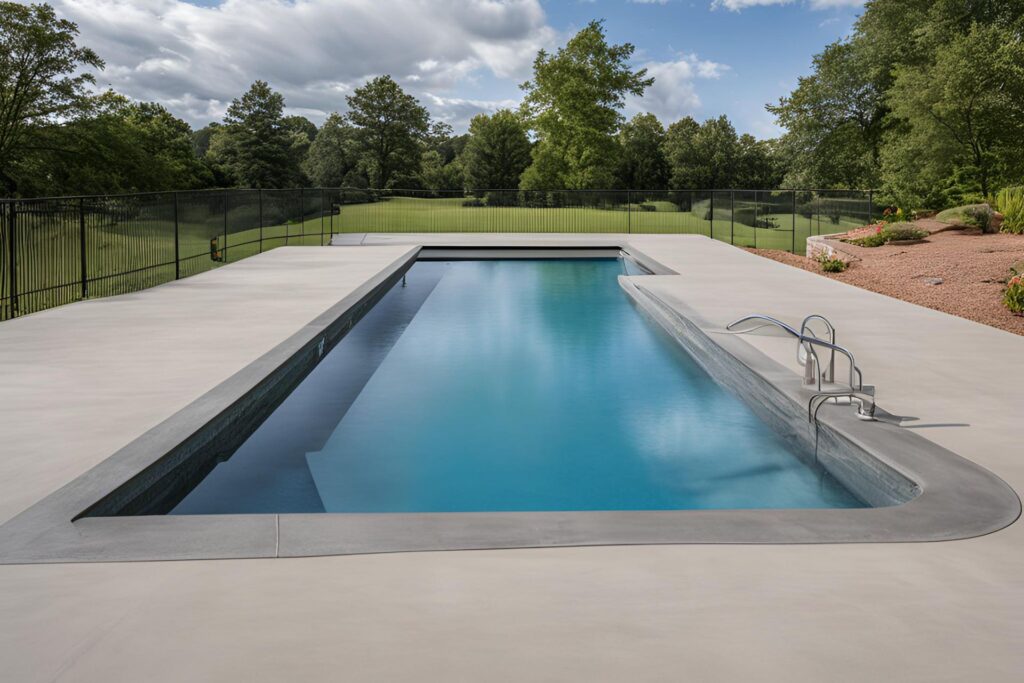
FAQs: About Will the Chlorine from My Pool Damage the Concrete
How does chlorine affect concrete surfaces around pools?
Chlorine can cause discoloration, surface erosion, and weakening of concrete over time. The chemical reactions between chlorine and the components of concrete can lead to gradual damage if not properly managed.
Can I prevent chlorine damage to my pool’s concrete surround?
Yes, you can prevent damage by maintaining optimal chlorine levels, using protective sealants on the concrete, and following a regular maintenance routine to keep both the pool and concrete in good condition.
What are some signs of chlorine damage on concrete?
Signs of chlorine damage include fading or discoloration of the concrete, rough or eroded surfaces, and visible cracks or weakening of the material.
Are there alternative pool sanitizers that are less harsh on concrete?
Yes, alternatives such as saltwater systems, UV sanitizers, and mineral-based systems can be less damaging to concrete while still maintaining clean pool water.
How often should I apply a protective sealant to my pool’s concrete?
It’s recommended to apply a protective sealant every 1-3 years, depending on the product used and the level of exposure to chlorine and other elements.
Can chlorine damage be repaired on concrete surfaces?
Yes, chlorine damage can be repaired by resurfacing the concrete, filling in cracks, and applying a fresh layer of protective sealant to restore and protect the surface.
What is the best way to maintain chlorine levels in my pool?
Regularly test the pool water and adjust chlorine levels to stay within the recommended range (usually 1-3 ppm). Use automatic chlorinators or chlorine dispensers to maintain consistent levels.
Is saltwater less damaging to concrete than chlorine?
Saltwater pools can be less harsh on concrete compared to traditional chlorine pools because the chlorine levels are generally lower and more stable in saltwater systems.
How can I tell if my pool’s concrete needs resurfacing?
If you notice extensive discoloration, rough or eroded areas, cracks, or any signs of structural weakening, it may be time to consider resurfacing your pool’s concrete.
Are there specific types of concrete that are more resistant to chlorine damage?
Some types of concrete, such as high-strength or specially formulated pool-grade concrete, are designed to be more resistant to chemical damage, including chlorine. Always consult with a professional when choosing materials for your pool area.
Conclusion
In conclusion, it’s clear that while chlorine can have detrimental effects on concrete pool surrounds, understanding these impacts and taking preventive measures can significantly mitigate damage. Regular maintenance and the use of appropriate sealants are crucial to prolonging the life and appearance of your concrete surfaces. Remember, with proper care, your concrete pool surround can remain in pristine condition for many years, providing both aesthetic appeal and functionality. We encourage you to share your experiences or any concerns in the comments below and consider consulting a professional for personalized advice to ensure your pool area stays in top shape.
About the Author:
Mike Veail is a recognized digital marketing expert with over 6 years of experience in helping tradespeople and small businesses thrive online. A former quantity surveyor, Mike combines deep industry knowledge with hands-on expertise in SEO and Google Ads. His marketing strategies are tailored to the specific needs of the trades sector, helping businesses increase visibility and generate more leads through proven, ethical methods.
Mike has successfully partnered with numerous companies, establishing a track record of delivering measurable results. His work has been featured across various platforms that showcase his expertise in lead generation and online marketing for the trades sector.
Learn more about Mike's experience and services at https://theleadguy.online or follow him on social media:

